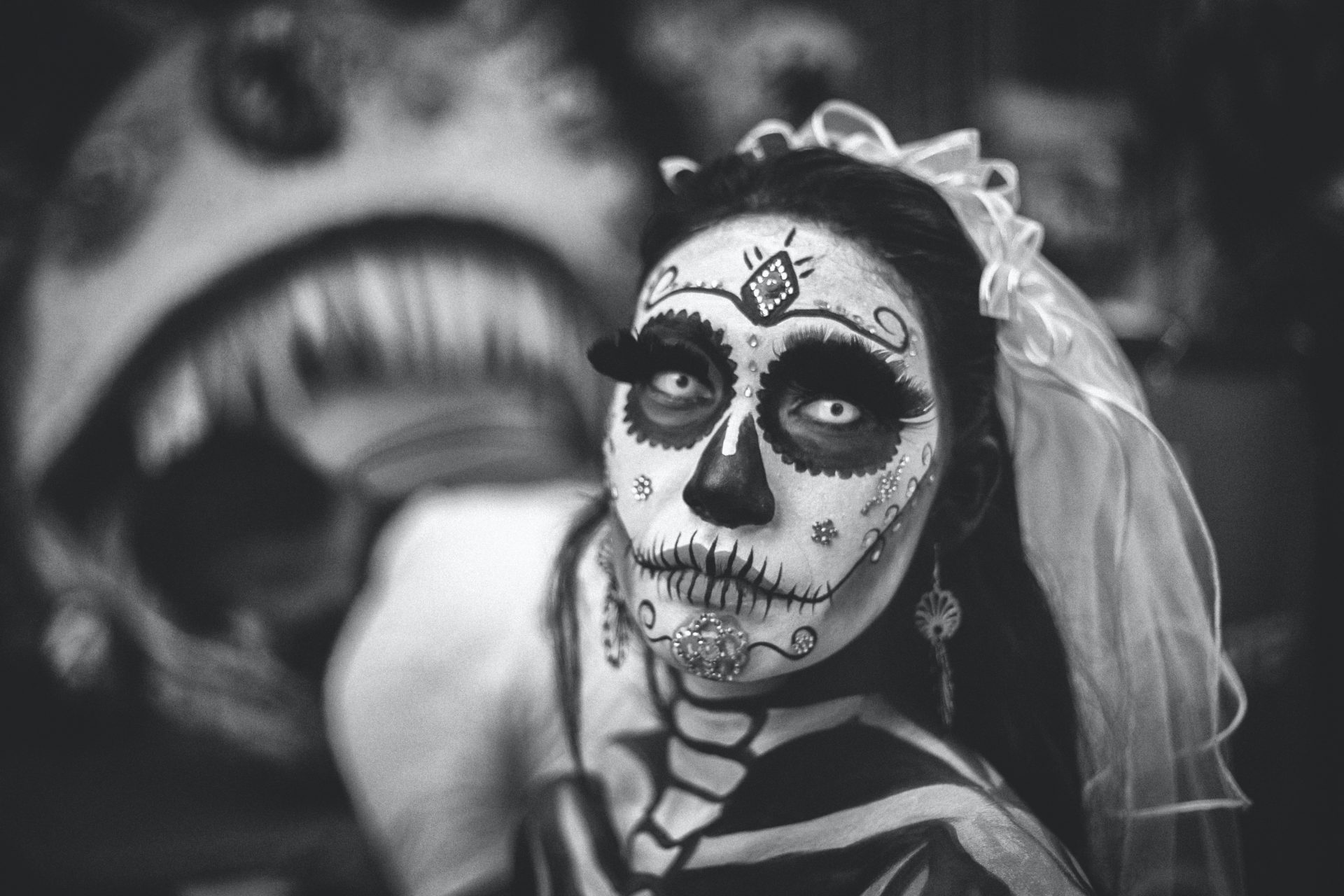The end of October marks Halloween, the celebration of ghosts and ghouls and all things gory and gruesome.
While the Western celebration observed on 31 October annually is perhaps the most well-known, it certainly isn’t the only one.
Cultures and countries all over the world have their own celebration of death and darkness. Some are different in rites and rituals, others in the reason for the celebration, but they all have one thing in common – they honour those that have gone and prepare for a renewed season of moving on.
Here are 8 other Halloween-like traditions around the world to get your morbid and macabre on.

Samhain | Ireland and Scotland
Seen as the tradition that birthed the modern day Halloween, Samhain, also known as All Saints Day or All Souls Day, has been observed on 31 October and 1 November for over 1,000 years in Ireland and Scotland to mark the end of the harvest season and the beginning of winter or the “Darker half” of the year. Over time, the two days were merged due to their proximity to create the modern Halloween, although historians continued touse the name Samhain to refer to the Gaelic Halloween up until as recently as the 19th century.
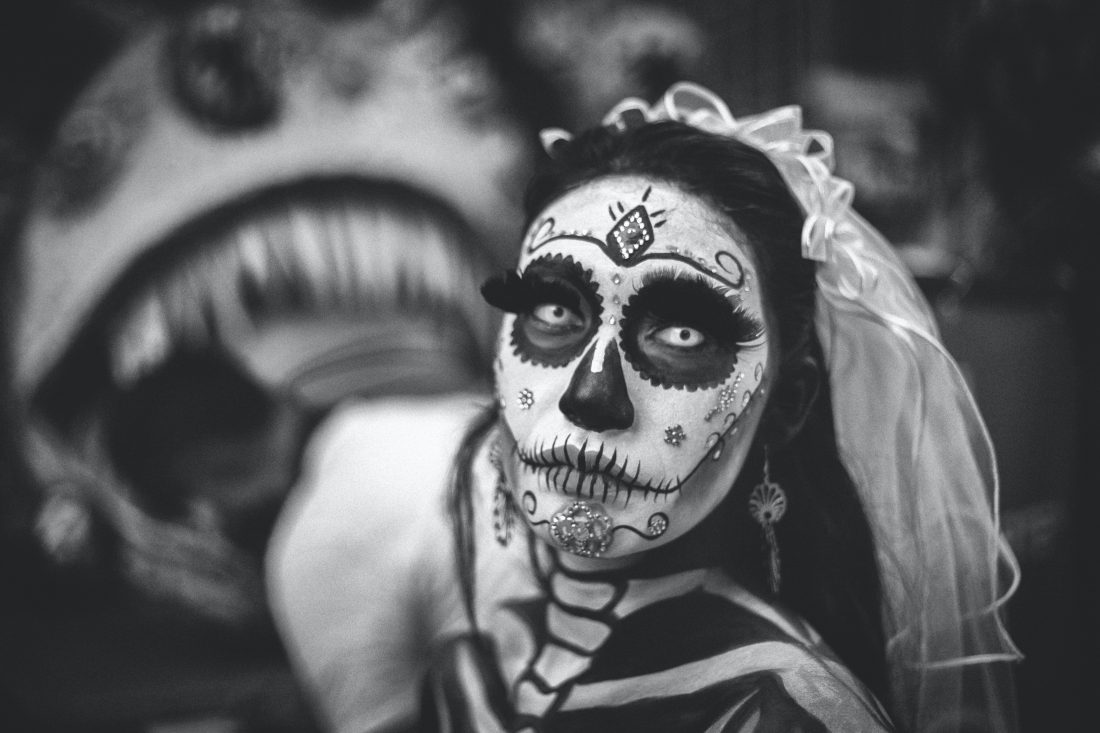
Día de los Muertos | Mexico
The Day of the Dead celebrated throughout Mexico on November 1 is a multi-day holiday that involves family and friends gathering to pray for and remember friends and family who have passed on in the belief that it will help support their spiritual journey in the after-life. Death is viewed as a natural part of life in Mexican culture so the celebration is not about sadness but a festival with music, dance and food to awaken loved ones from beyond and celebrate with them.

Day of Dracula | Romania
The Day of Dracula is celebrated every 26 May to commemorate the publication day of Bram Stoker’s Dracula, which scholars believe to be inspired by Prince Vlad III of Wallachia, Romania. A cruel and merciless ruler, he earned the nickname ‘Vlad the Impaler’ for his preferred form of torture of his enemies. In Romania, it is believed that vampires hang around crossroads on St George’s Day, 23 April, and eve of St Andrew, 29 November, so everyone generally stays indoors on those days.
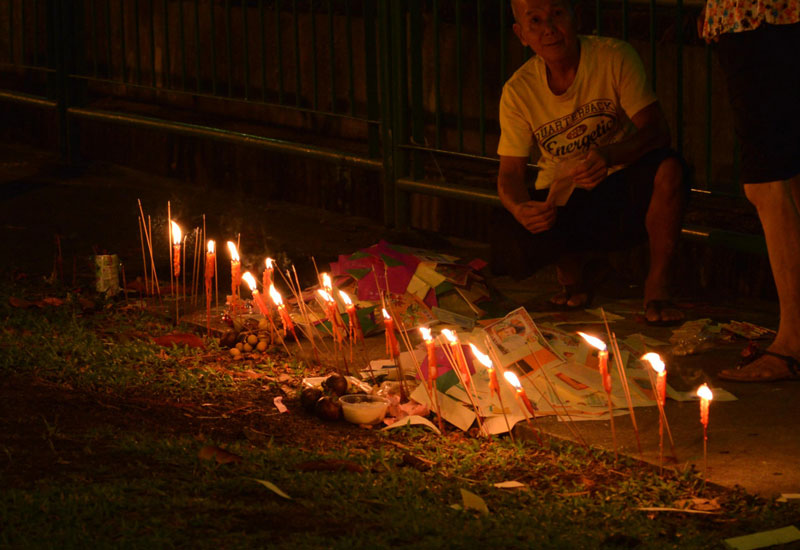
The Hungry Ghost Festival | East and Southeast Asia
This Buddhist and Taoist tradition is observed all month long on the 7th month of the Lunar Calendar, during which ghosts and spirits, including those of deceased ancestors, come out to roam the realm of the living. The belief is that the realms of Heaven and Hell and that of the living open on the 15th day of the month, which is when Taoists and Buddhists would perform rituals to transmute and absolve the sufferings of the deceased.
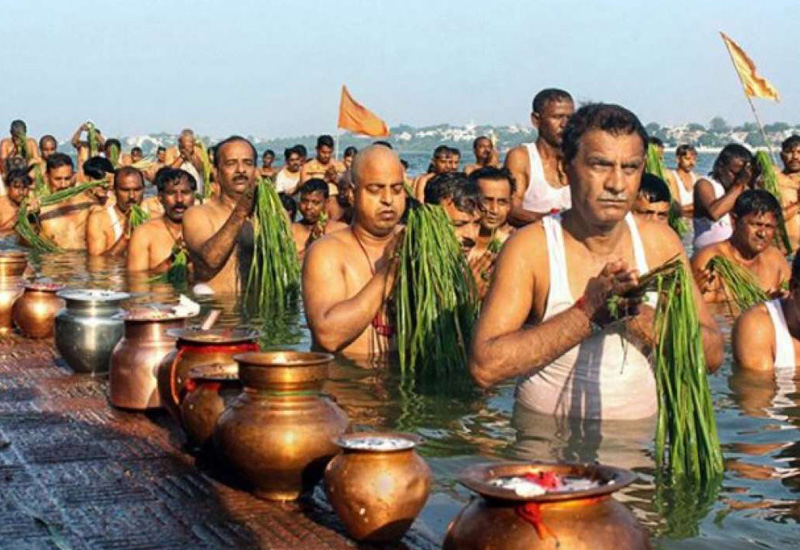
Pitri Paksha | India
Hindus believe that the souls of three preceding generations of one’s ancestors reside in pitriloka, or purgatory, governed by Yama, the God of Death. When a person of the next generation dies, the first generation shifts to the heaven and unites with God. On Pitri Paksha, the souls of the last three generations are briefly allowed to return to Earth to be with family. For 16 Lunar Days in the Hindu calendar, which usually falls on the Autumnal equinos, Hindus pay homage to their ancestors in pitriloka with food offerings and death rites known as Shradda or Tarpana.
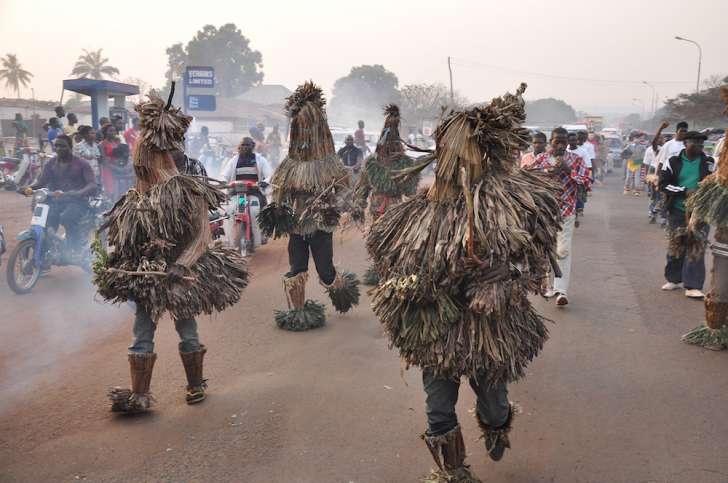
Awuru Odo | Nigeria
Also known as the Day of the Dead, this Nigerian tradition can last up to six months, although it is observed only once every two years, marking the return of dead family and friends to be with the living between September and November. To welcome their return, spirits are greeted with food, music and dancing. By April, when the spirits need to return to the afterlife, Nigerians out on extravagant theatrical performance to depict anguish at their departure.
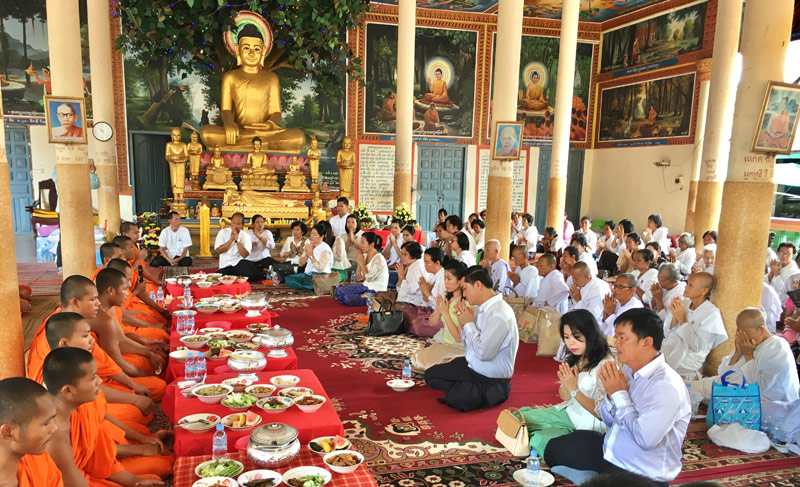
Pchum Ben | Cambodia
In Cambodia, Buddhist families gather from end of September to middle of October to visit temples and offer food to their deceased ancestors as a way to remember them. During this period, families also celebrate their elderly as a form of filial piety and appreciation for all they have done for them.
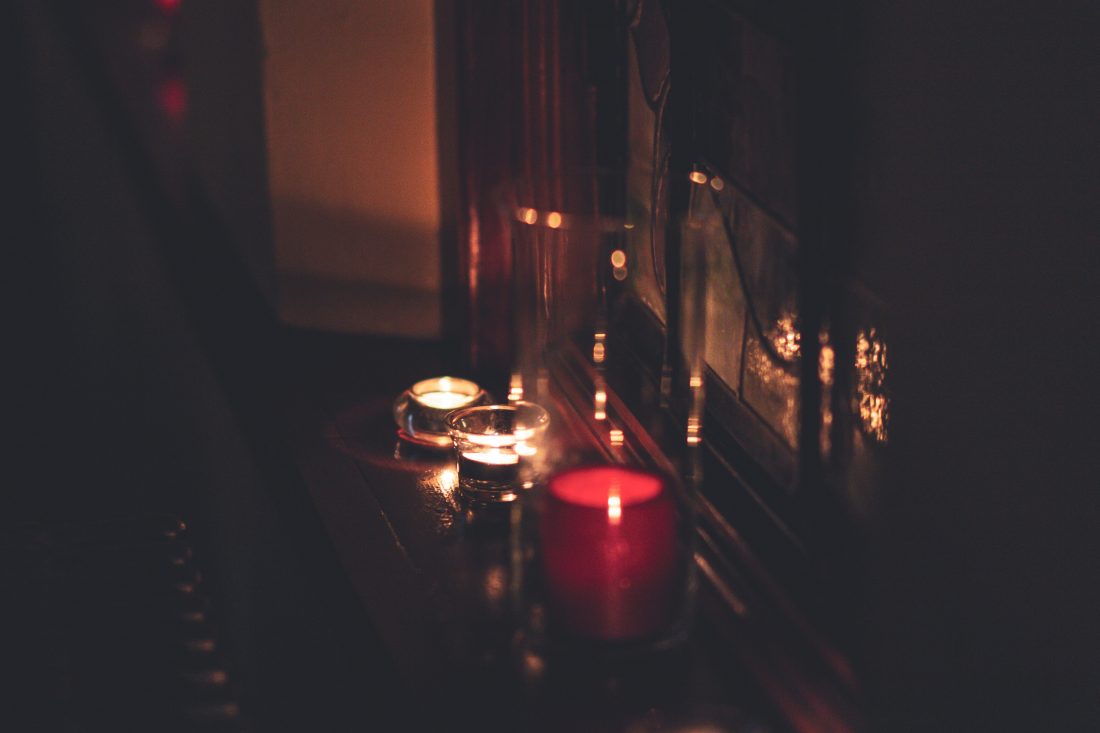
Ognissanti | Italy
Ognissanti, also known as All Saints Day, is an Italian festival that begins a couple of days before 1 November. Loved ones will leave fresh flowers – usually chrysanthemum – on the graves of their departed and those around them, leaving cemeteries in beautiful displays of colour. Some families also place a lit red candle in the window at sunset complete with a place at dinner tables for the departed whom they hope will pay a visit.




